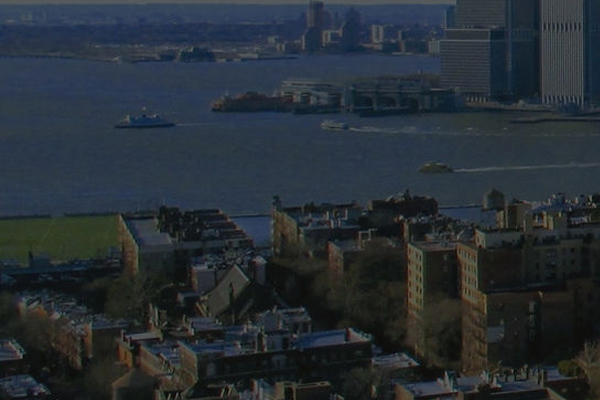
Navigating NYC DOB Violation Removal: A Comprehensive Guide
New York City, with its iconic skyline and vibrant neighborhoods, is home to millions of residents and countless buildings. Ensuring the safety and compliance of these structures falls under the jurisdiction of the NYC Department of Buildings (DOB). However, receiving a DOB violation can be a daunting experience for property owners. This blog aims to demystify the process of NYC DOB violation removal, offering a step-by-step guide to help you navigate the complexities involved.
Understanding DOB Violations
A DOB violation is issued when a property does not comply with the NYC Building Code, Zoning Resolution, or other applicable laws and rules. These violations can range from minor infractions to serious safety hazards. Common violations include:
- Failure to maintain building structures
- Illegal conversions or use of space
- Unsafe electrical or plumbing work
- Lack of required permits for construction
Types of Violations
Class 1 (Immediately Hazardous): These violations pose an immediate threat to public safety and must be corrected immediately. Examples include structural instability or hazardous conditions like illegal gas piping.
Class 2 (Major): These violations are significant but do not pose an immediate threat. They must be corrected promptly to avoid further penalties. Examples include failing to maintain building facades or improper drainage.
Class 3 (Lesser): These are minor infractions that still require correction but are not as severe. Examples include administrative errors or signage issues.
Steps to Remove a DOB Violation
Identify the Violation
Carefully review the violation notice to understand the specific issue and the class of violation. The notice will detail the nature of the violation, the required corrective actions, and any associated penalties.
Hire a Professional
Depending on the nature of the violation, you may need to hire a licensed professional, such as an architect, engineer, or contractor. These experts can assess the situation, recommend corrective measures, and ensure that the work complies with DOB regulations.
Correct the Violation
Undertake the necessary repairs or modifications to rectify the violation. Ensure that all work is performed according to NYC Building Code standards and that any required permits are obtained before starting the work.
Request a Re-inspection
Once the corrective work is completed, schedule a re-inspection with the DOB to verify that the violation has been properly addressed. The inspector will assess the work and determine if the violation can be removed.
Submit Documentation
Provide all required documentation to the DOB, including permits, work orders, and certification from licensed professionals. This paperwork is crucial to demonstrate that the violation has been corrected.
Pay Penalties and Fees
If applicable, pay any fines or fees associated with the violation. Prompt payment can prevent further penalties and expedite the removal process.
Receive Violation Dismissal
Upon satisfactory re-inspection and submission of all required documents, the DOB will issue a Notice of Violation Dismissal, officially removing the violation from your property’s record.
Preventing Future Violations
Regular Maintenance
Conduct routine inspections and maintenance to ensure your property remains in compliance with NYC Building Code requirements.
Stay Informed
Keep abreast of changes to building codes and regulations to avoid unintentional violations.
Proper Permits
Always obtain the necessary permits before starting any construction or renovation projects.
Conclusion
Navigating the NYC DOB violation removal process can be challenging, but understanding the steps involved can help simplify the journey. By taking prompt action, hiring the right professionals, and ensuring compliance with building codes, property owners can effectively address violations and maintain the safety and integrity of their buildings. Stay proactive, informed, and diligent to avoid future violations and ensure your property remains in good standing with the NYC Department of Buildings.